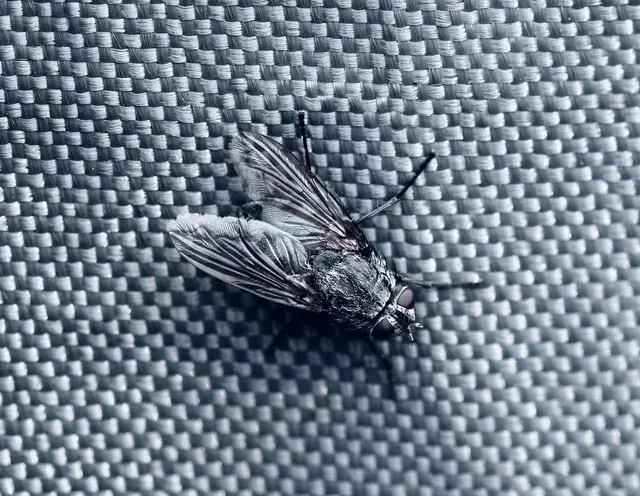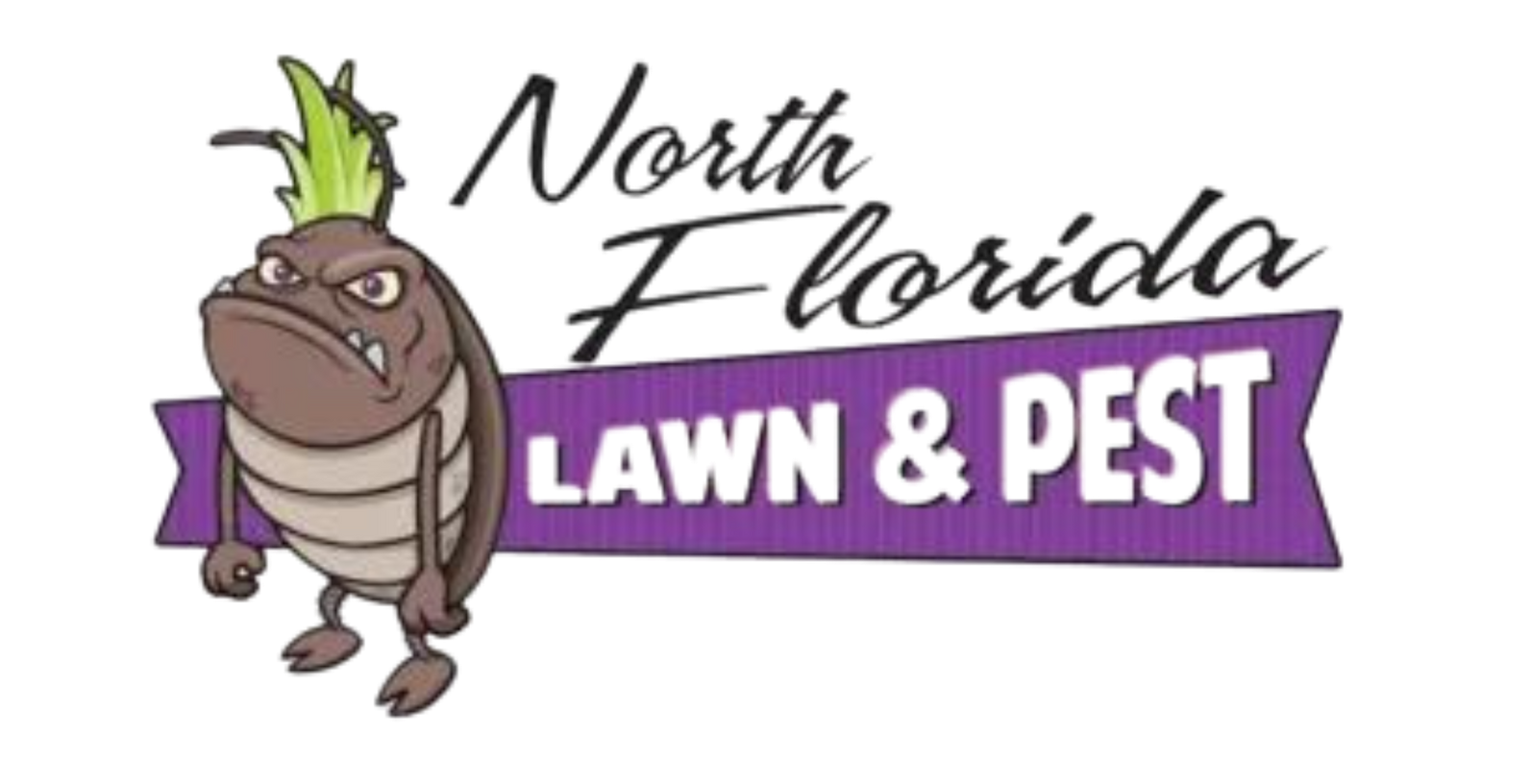Why Are Large Flies Suddenly Showing Up in Your Home?
Why Are Flies Invading Your Home?
Flies in your home can be more than just a nuisance—they can pose health risks by spreading bacteria and contaminating your food. Understanding why they’re showing up can help you address the issue more effectively. Whether it's open windows, unsealed garbage, or other factors, certain conditions inside your home are likely attracting them. In this section, we’ll break down what makes your home a target for flies, how to recognize different species, and the best ways to get them under control. If the problem feels overwhelming, reaching out to Fleming Island Pest Control By NFLP can offer expert solutions to quickly rid your home of these pests.
Common Characteristics of Flies
Flies belong to the insect order Diptera, known for having a single pair of wings. Some of the most common species you’ll encounter indoors are house flies, fruit flies, drain flies, and cluster flies. Each species has its own preferences for food and breeding environments, so understanding these differences can help you better manage them.
Why Flies Are Attracted to Your Home
Flies enter homes primarily in search of food and breeding spots. For house flies, common attractions include rotting food, overflowing trash, and pet waste. Fruit flies, as their name suggests, are drawn to overripe or decaying fruits and vegetables left out in the open. Drain flies prefer damp areas like clogged sinks or spots with standing water. Cluster flies are a bit different—they lay their eggs in the soil where their larvae feed on earthworms, but they often come inside when they need a warm place to overwinter.

Common Reasons Flies Are Taking Over Your Home
Rotting Food and Organic Waste
Flies are attracted to decaying organic material, which they use both as a food source and a breeding ground. Garbage cans, compost piles, and even pet waste can draw flies in, making these areas prime spots for them to lay eggs. Once the eggs hatch, the fly population can multiply rapidly, leaving you with an infestation if not managed quickly.
Warm Indoor Temperatures
Flies thrive in warmer environments, and temperatures around 75°F or higher can accelerate their life cycle. Spaces in your home that tend to be warmer, like the kitchen, bathroom, or laundry room, often become hot spots for flies to breed, especially during the summer months when the outdoor heat drives them indoors.
Cracks and Gaps Around Your Home
Flies, especially cluster flies, are experts at sneaking into your home through small gaps around windows, doors, or the foundation. Once inside, they may remain hidden during cooler months, only to reappear when the weather warms up. Sealing up these entry points is a key step in keeping flies out.
Types of Flies You Might Encounter
House Flies
These are the most common indoor flies, typically attracted to food waste, trash, and pet waste. House flies reproduce quickly, laying hundreds of eggs in moist environments, leading to an infestation before you know it.
Cluster Flies
Cluster flies resemble house flies but move more slowly and are often found gathering near windows on sunny days. They lay eggs in the soil outdoors but seek refuge indoors when the temperatures drop, entering through small crevices.
Blow Flies
Known for their shiny, metallic appearance, blow flies are larger than house flies and are usually attracted to decaying animals. If you notice blow flies, it could mean there’s a dead animal in or near your home.

How to Keep Flies Out of Your Home
Flies can quickly become a nuisance, but with some simple steps, you can make your home much less appealing to them. Here’s how to keep flies at bay and prevent infestations from taking hold.
Keep Your Kitchen and Food Areas Clean
A clean kitchen is one of the best defenses against flies. Be sure to take out the trash regularly, clean out your garbage cans, and promptly dispose of any pet waste. Store food in tightly sealed containers, and clean up spills or crumbs as soon as they occur. Using natural cleaning solutions like vinegar can also help deter flies without introducing harsh chemicals into your home.
Seal Up Any Entry Points
To keep flies from finding their way indoors, check your home for any cracks or gaps around windows, doors, or the foundation. Repair any torn window screens and reseal areas around doors or windows with fresh caulking to block potential entry points. A little maintenance now can save you from bigger problems down the road.
Manage Moisture Inside
Flies are drawn to damp environments where they can breed, so controlling moisture levels is key. Use dehumidifiers in areas like basements, kitchens, and bathrooms, and make sure to fix any leaking pipes. Additionally, avoid letting water sit in sinks or containers for too long, as standing water can quickly attract flies.
Set Up Traps and Treatments
If flies are still managing to sneak in, you can use traps or insecticides to target problem areas. Fly traps placed near entry points like doors and windows can help catch them before they spread throughout your home. Just be sure to follow product instructions carefully to ensure the safety of your household.
When to Call in the Professionals
While most fly issues can be handled with basic prevention, sometimes professional help is the best option.
Consider reaching out to a pest control service if:
- The infestation continues despite your efforts.
- You’re unsure of the source of the problem.
- Health concerns arise due to the type of flies present.
- The infestation involves hard-to-manage species.
A professional pest control company can assess the situation, identify the root causes, and provide effective treatments to eliminate the infestation. Plus, they can offer expert advice on long-term preventive measures to keep flies from returning.
If flies are becoming a serious issue in your home, it may be time to consult with experts. Fleming Island Pest Control By NFLP specializes in dealing with fly infestations and other pest problems. Our tailored pest services focus not only on eliminating the current issue but also on addressing the underlying causes to ensure lasting results. Contact us today to learn how we can help keep your home fly-free for good.
Copyright © 2024 - Fleming Island Pest Control by NFLP All Rights Reserved


